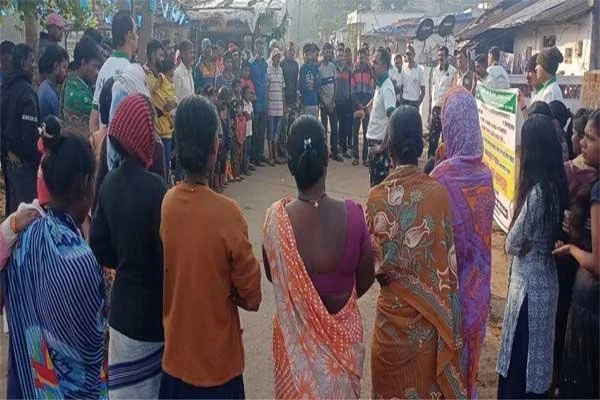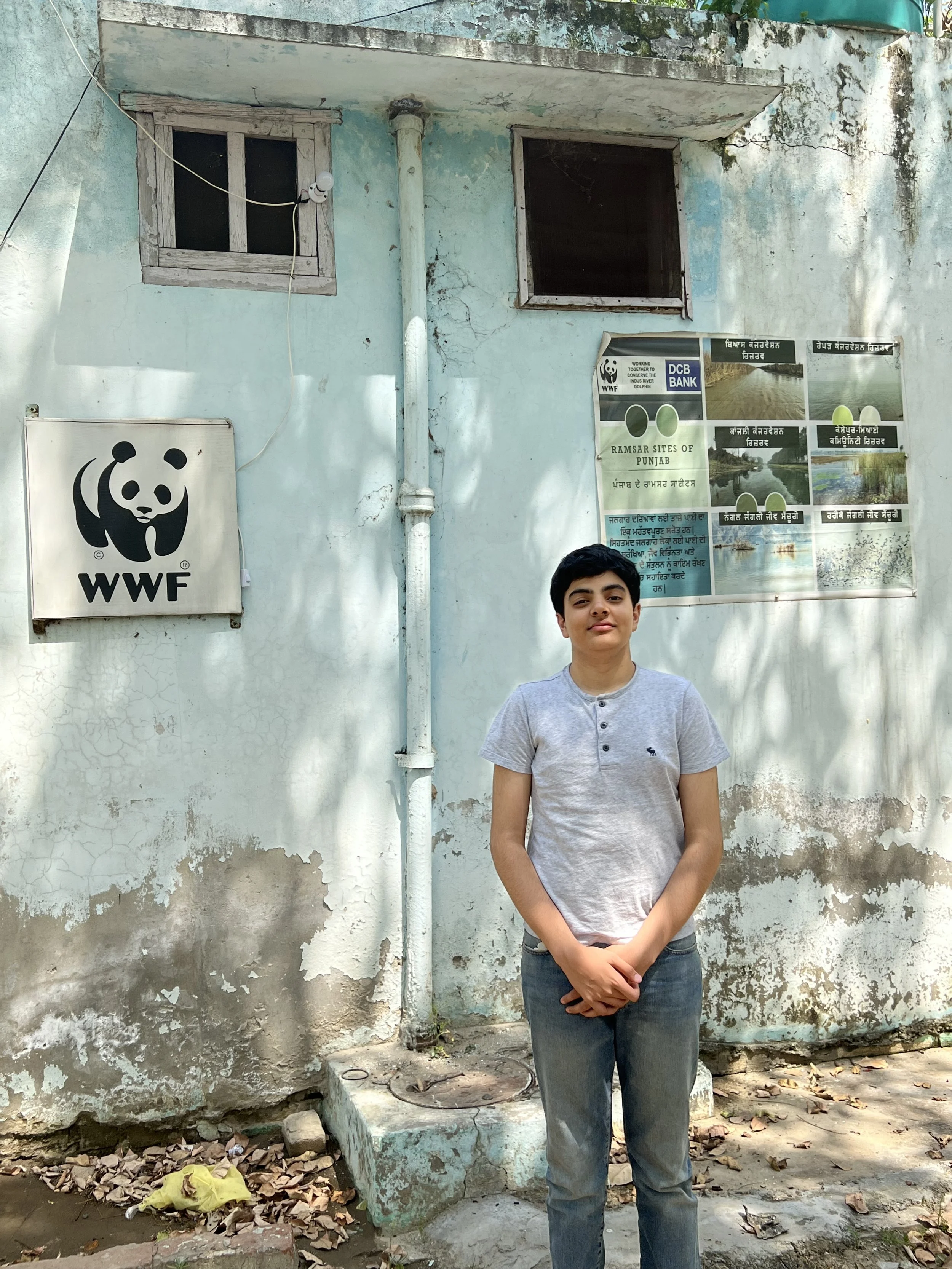Field experiences that advanced my understanding of human-wildlife coexistence and applied conservation
Leopard Conflict Volunteering – Tadoba-Andhari Tiger Reserve, India (2023–24)
Desert Elephant Conservation – Damaraland, Namibia (2023)
In 2023–24, I led community outreach initiatives in villages surrounding the Tadoba-Andhari Tiger Reserve in central India, beginning with the model village of Junona in Chandrapur district. The work focused on reducing leopard incursions into settlements through preventive and awareness-based measures.
Working with villagers, I helped organise clean-up drives and awareness meetings under the बिबट समस्या मुक्त ग्राम योजना (Leopard Problem-Free Village Initiative). We spoke with residents about leopard behaviour and the reasons these animals enter villages, in search of easy prey such as stray dogs and pigs near open garbage. The project focused on securing waste and keeping surroundings clean to remove attractants that bring leopards from the forest into human habitations, endangering human lives.
I learned that coexistence cannot succeed through enforcement alone. Building community trust is essential, and when the behaviours of both people and animals are understood, innovative solutions for shared coexistence can emerge.
This fieldwork took place alongside my research and filmmaking for Roar & Resilience, which used the same region as a case study to highlight human–tiger conflict in and around the park, a microcosm of similar challenges in other parts of the world where successful conservation has led to increasing wildlife populations and confrontations with humans.
In April 2023, I spent two weeks in northern Namibia’s Kunene region with nine other students from Harrow School, volunteering with the Elephant Human Relations Aid (EHRA) project.
In this arid desert landscape, elephants in their relentless search for water often destroy village wells and water tanks, leaving communities without access to their only supply. This has led to long-standing tension between people and elephants, sometimes resulting in the retaliatory killing of elephants when villagers lose essential water infrastructure.
Our team worked with local villagers to build a protective stone wall around a community well, preventing elephants from damaging the well and ensuring water security for the community. The construction was entirely manual, involving collecting and hauling rocks, mixing cement, and building the wall under high desert temperatures.
After completing the wall, we joined field tracking surveys in the Ugab and Huab river regions to record elephant movements and help plan future water-point protection sites. The project also included education camps in local schools, where children learned about wildlife protection and the importance of coexistence.
Through this experience, I learned about human–animal conflict first hand, seeing how competition for resources like water can create mistrust among people in the value of conservation, ultimately threatening the survival of wildlife itself. This understanding shaped my later research and documentary work in India, where I explored similar issues of coexistence between communities and large predators such as tigers and leopards.
Gharial Reintroduction Study – Beas Conservation Reserve, Punjab (2022)
In 2022, I undertook a self-organised study trip to the Beas Conservation Reserve, a Ramsar wetland site in Punjab, to learn from WWF field workers involved in the gharial reintroduction programme. I joined field surveys observing habitat conditions and community engagement around the Beas River, where gharials have been reintroduced after decades of local extinction.
I worked with Gharial Mitras, local volunteers who help reduce conflict between fishing communities and Gharial population. I also gave presentations in nearby schools to raise awareness about gharial behaviour, explaining that they are harmless to livestock and people. These sessions helped correct misconceptions and showed that gharials feed only on fish, using their long narrow snouts and sharp interlocking teeth.
The presence of gharials indicates a healthy, low pollution river ecosystem that benefits both wildlife and communities who rely on the river for farming. This experience gave me firsthand insight into how species recovery depends on local participation, awareness and cooperation between people and conservation teams.




